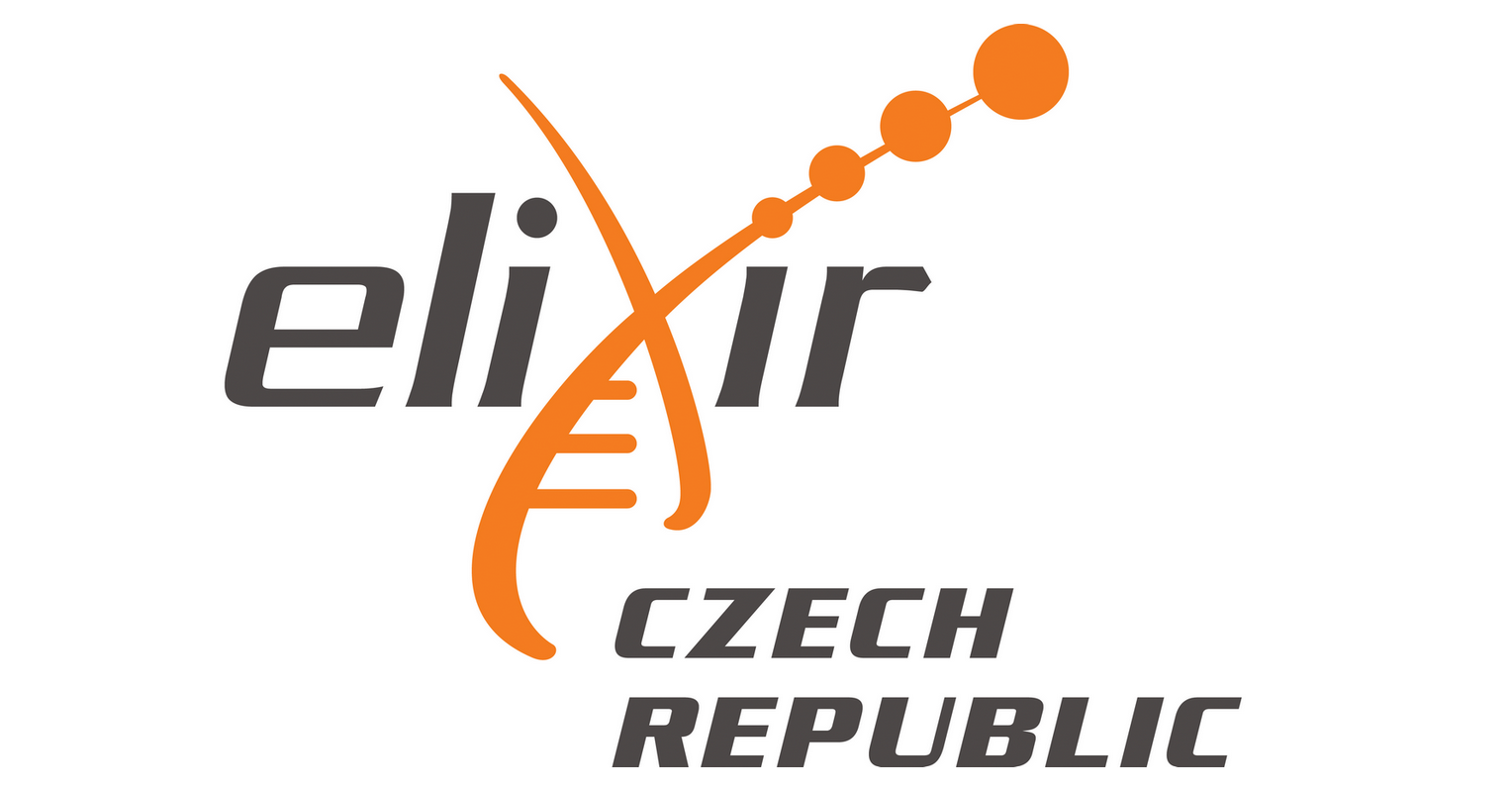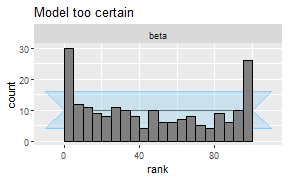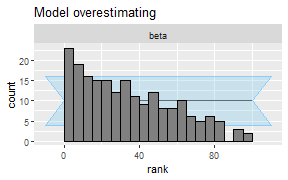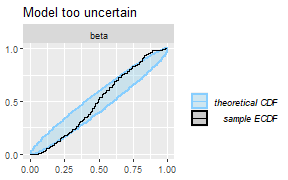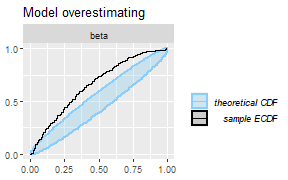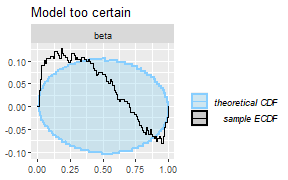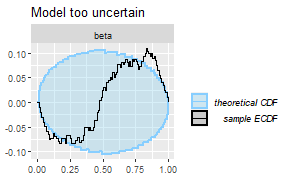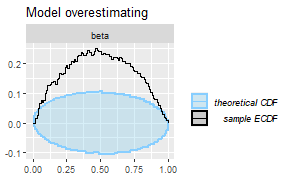Stan
data { int<lower=0> N; vector<lower=0>[N] y; vector[N] x;}parameters { real a; real b; real<lower=0> sigma;}model { vector[N] mu = a + b * x; a ~ normal(5, 3); b ~ normal(0, 1); sigma ~ normal(0, 2); y ~ lognormal(mu, sigma);}